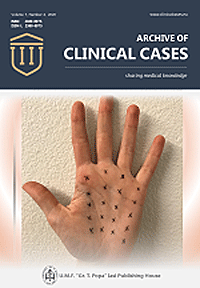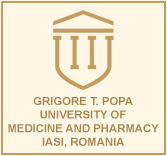Cell Injury and Adaptation
- Fatty change liver - Steatosis
- Cholesterolosis (strawberry gallbladder)
- Amyloidosis kidney
- Hyaline arteriolosclerosis
- Cellular swelling (liver)
- Hypertrophy (myocardial fibers) (page under construction)
The term lesion defines the totality of the morphological and functional changes that appear in cells, tissues and organs as a response to an aggression (excessive physiological stress and pathological stimuli). First, in order to preserve the viability of the cell, adaptive changes appear. When the adaptive potential of the cells is exceeded or inexistent, cells and tissues will be damaged, producing cell injury and in the end, cell death.
Examples of nocive agents :
- physiological stresses at higher intensity or longer action, comparing with normal limits
- pathological stimuli : physical (thermal, mechanical, electric, radiations), chemical (chemicals and drugs), microbiological (bacterial, viral, fungi, protozoa), immune, nutritional imbalances, genetic, ischemic, endocrine
Depending on the intensity of the nocive factor and length of it's action, cell injury may be reversible and irreversible.
Acute reversible changes
- Cellular swelling (hydropic change or vacuolar degeneration)
Chronic reversible changes
- Cellular adaptation of growth and differentiation :
- hypertrophy and hyperplasia
- atrophy and involution
- metaplasia
- Intracellular accumulation of lipids :
- fatty change (steatosis)
- cholesterolosis
- Pigment accumulation :
- lipofuscin
- melanin
- hemosiderin
- bilirubin
Extracellular accumulation of proteins
- Hyalinosis
- Amiloidosis
Pathological calcification (metastatic and dystrophic)
Irreversible cell changes (cell death)
- Apoptosis
- Necrosis

